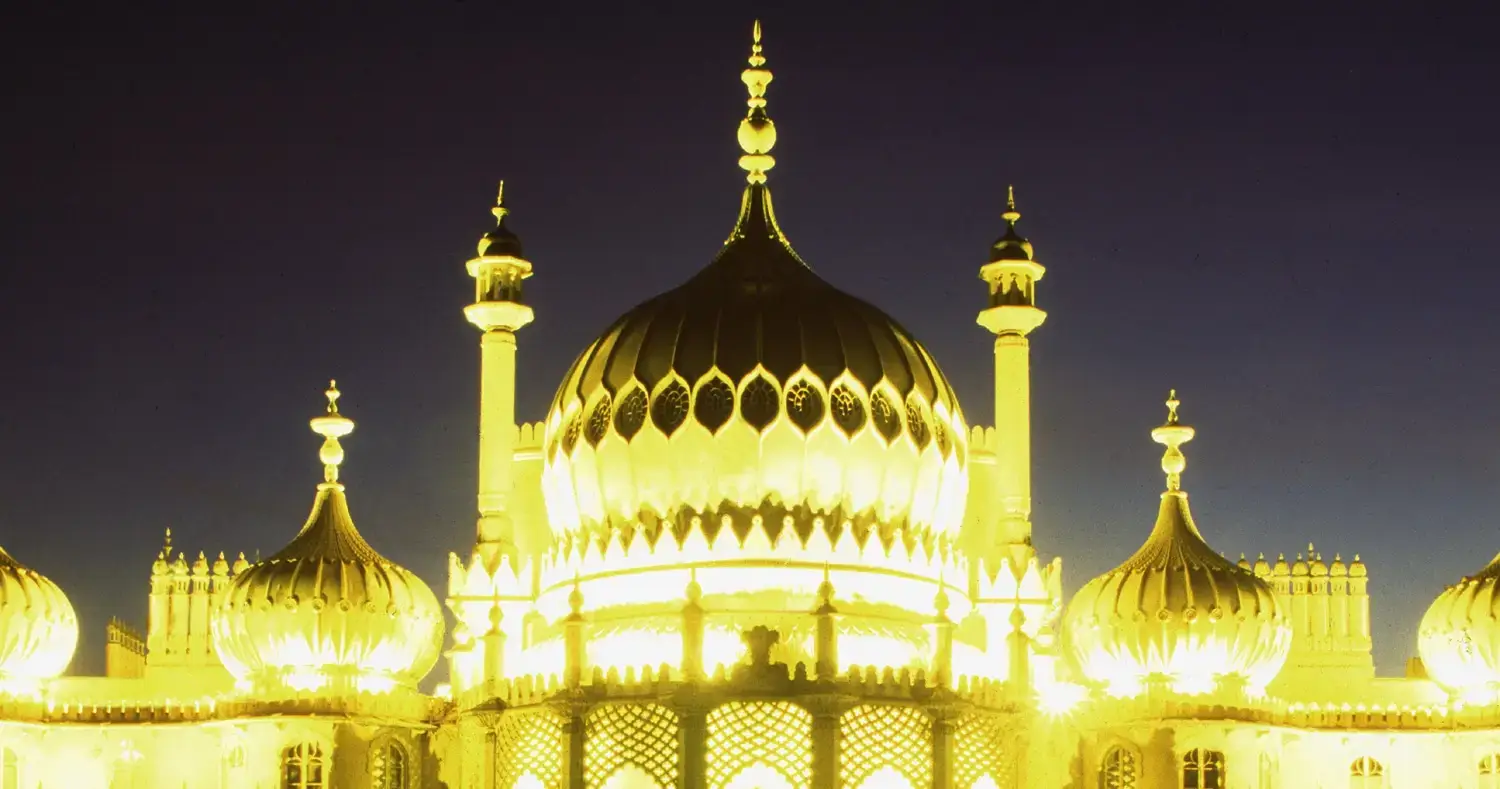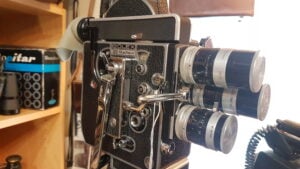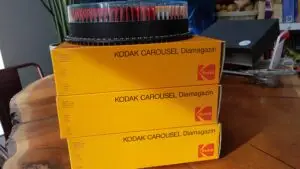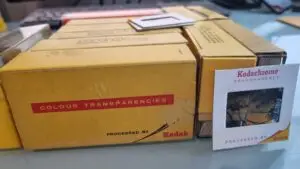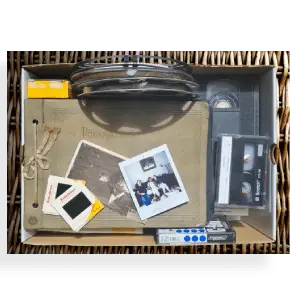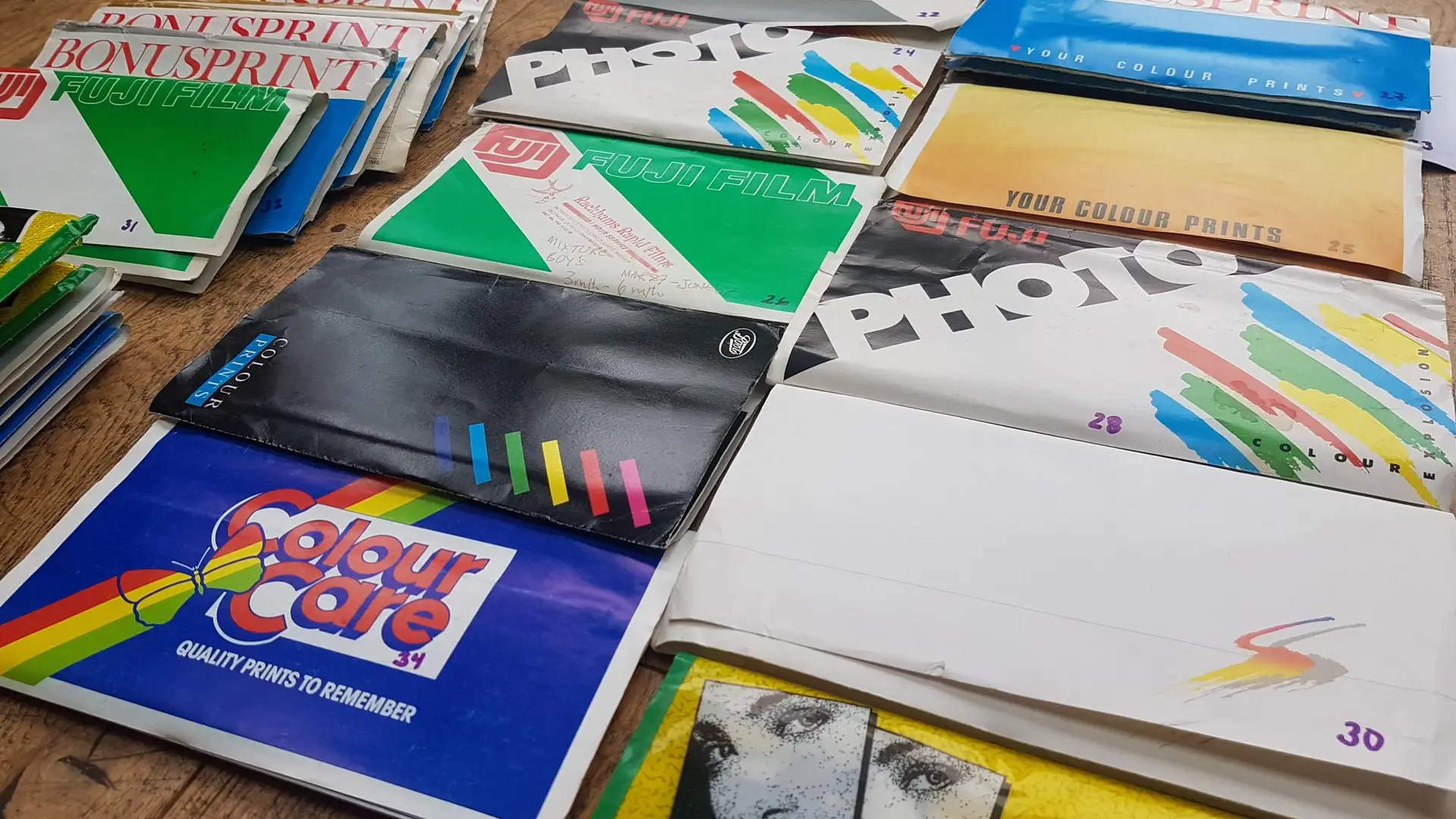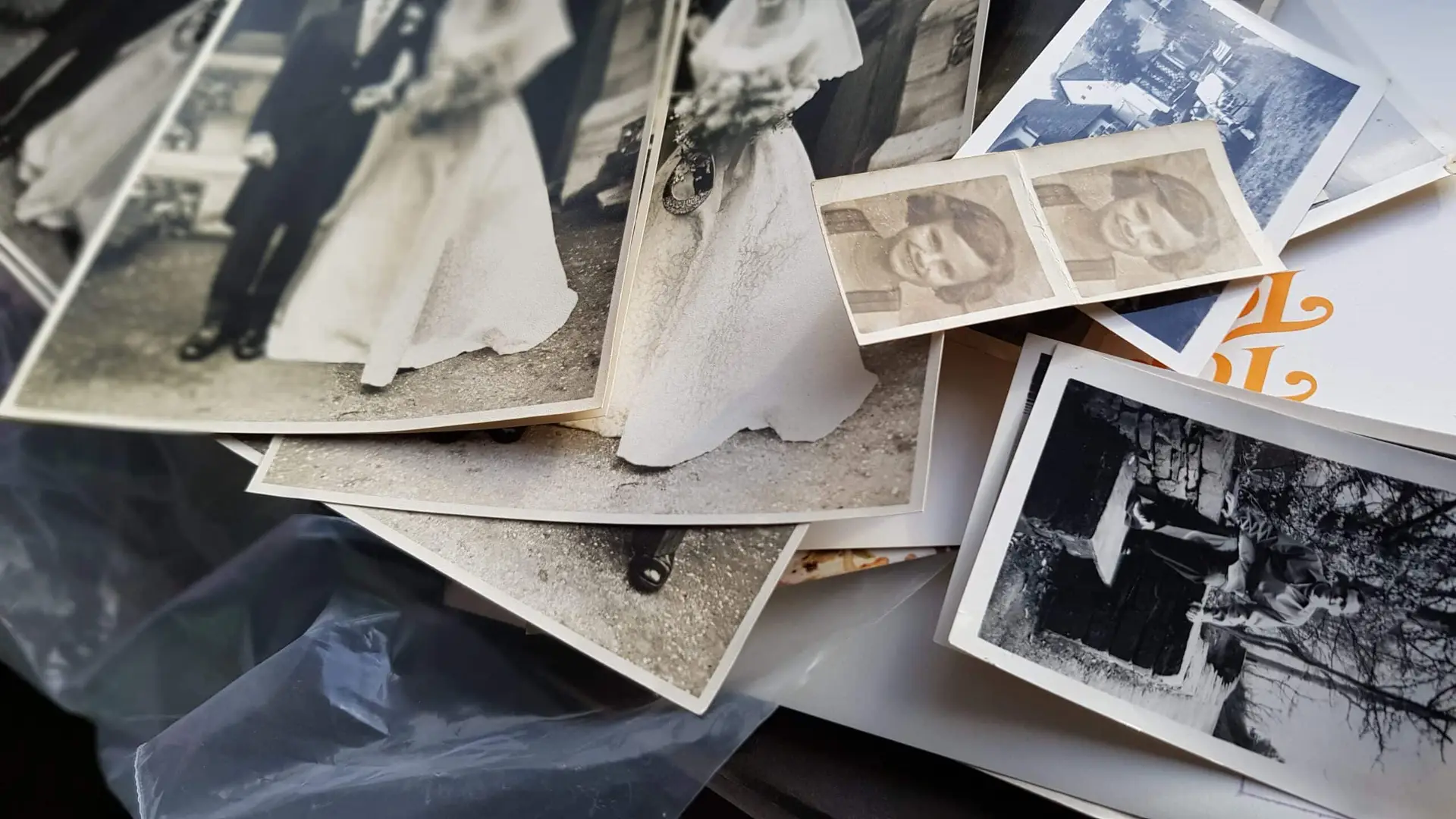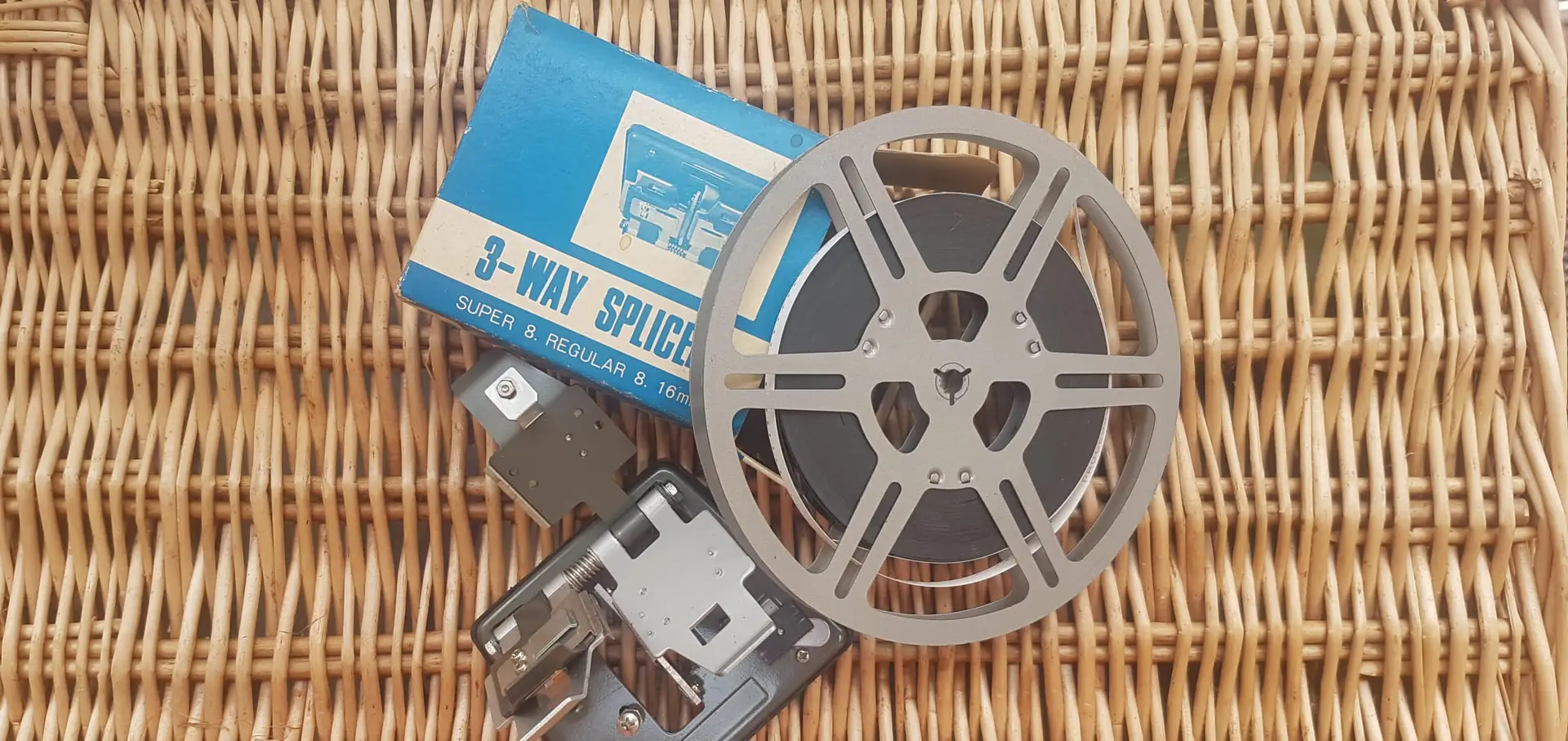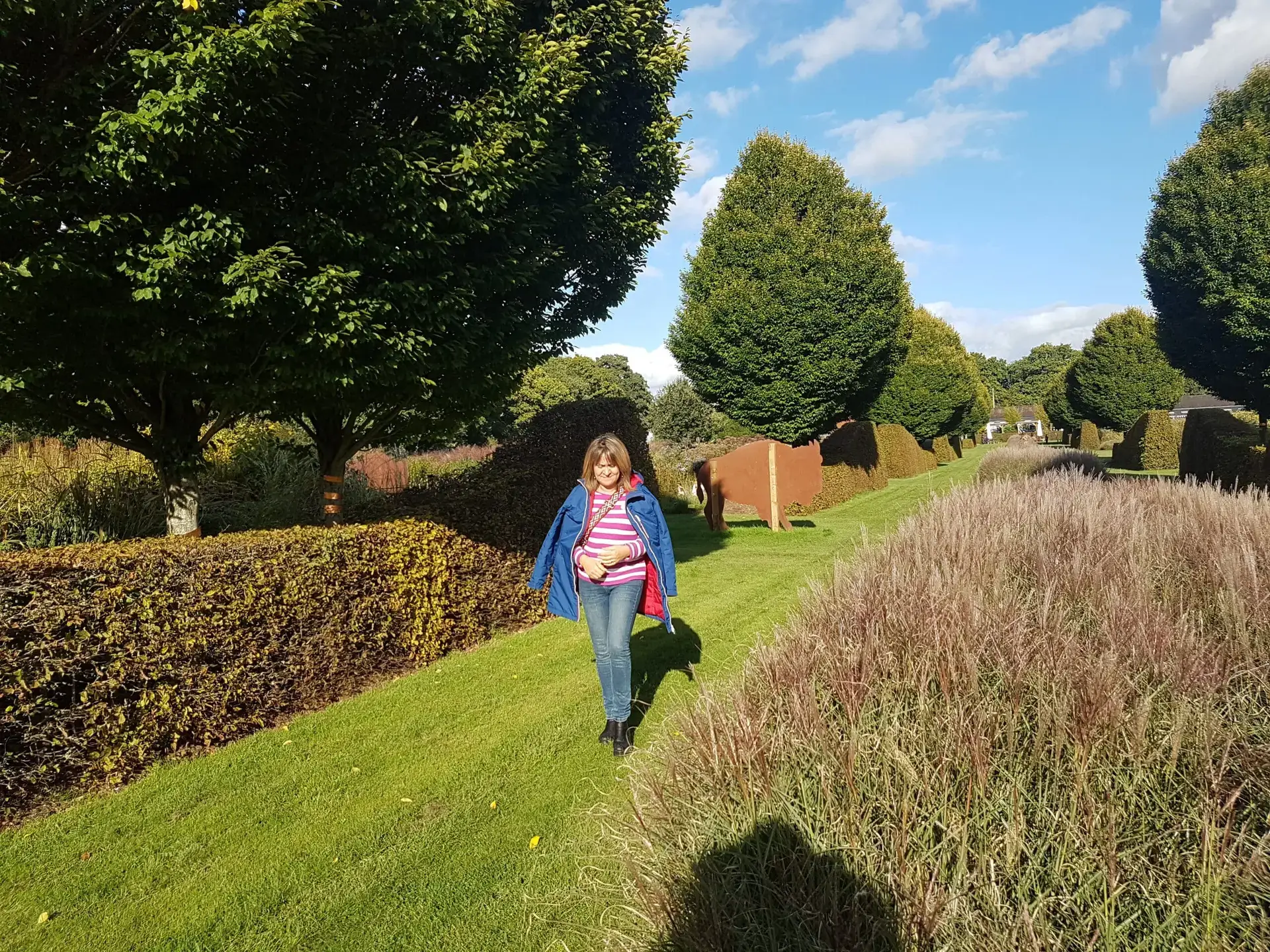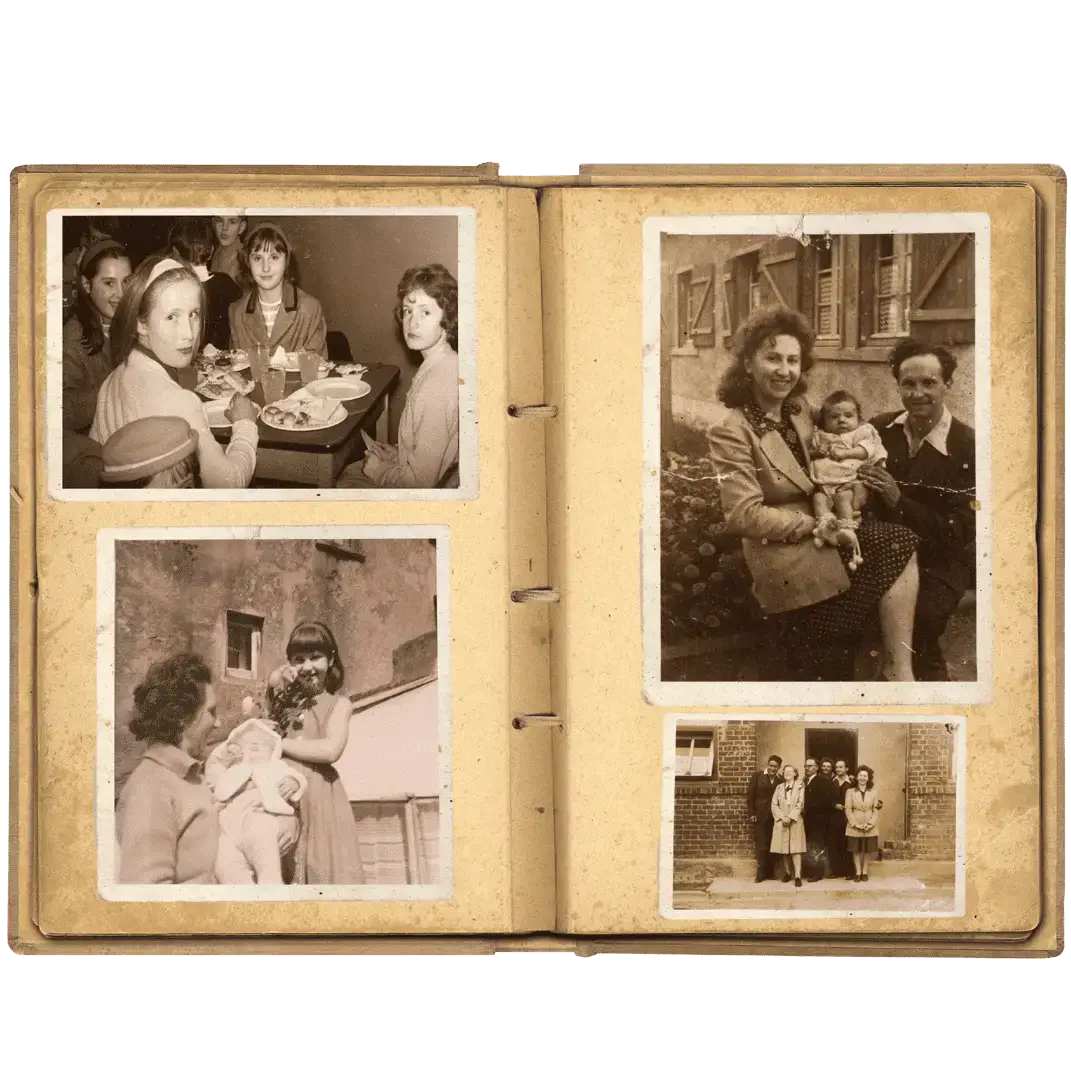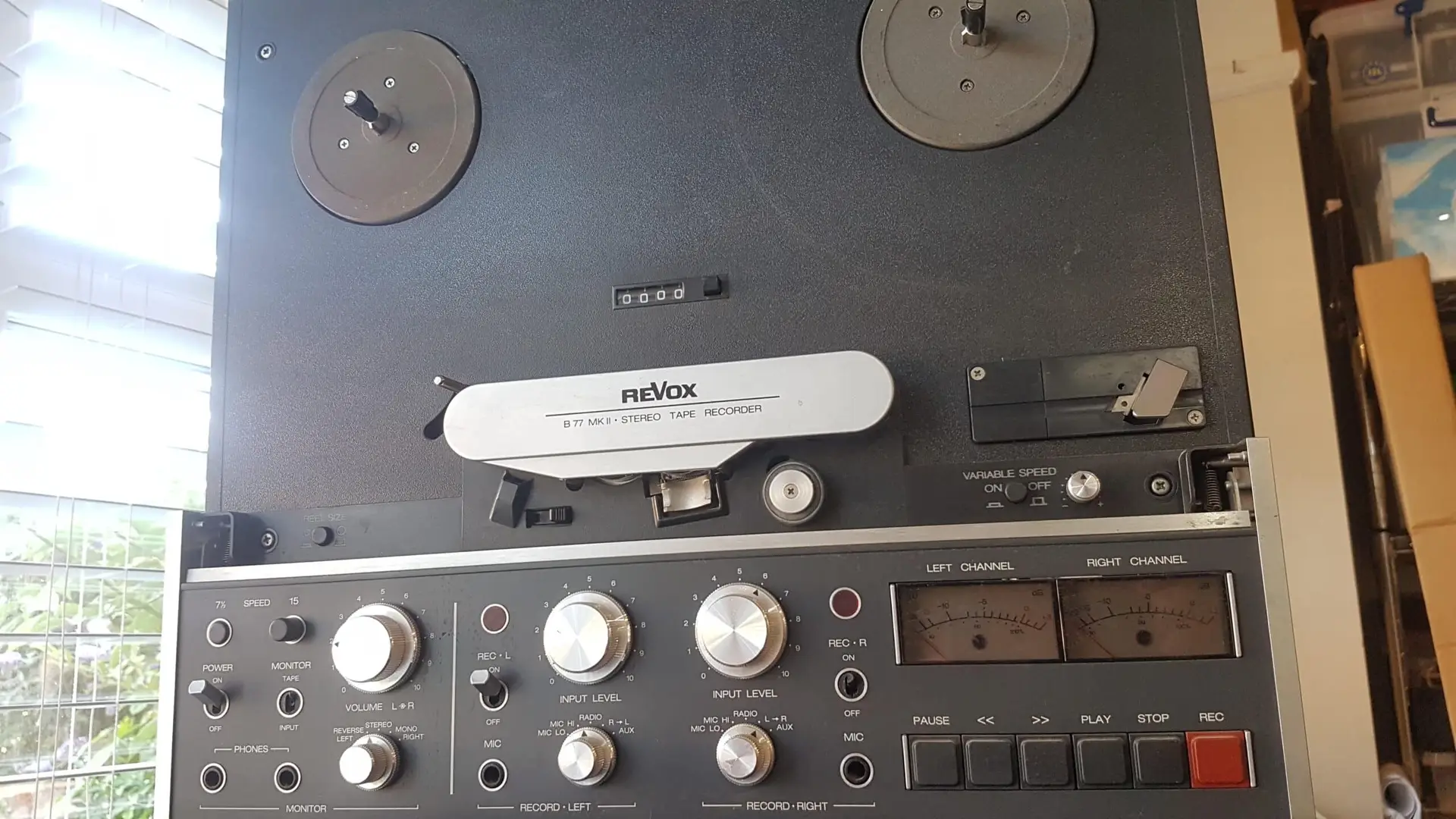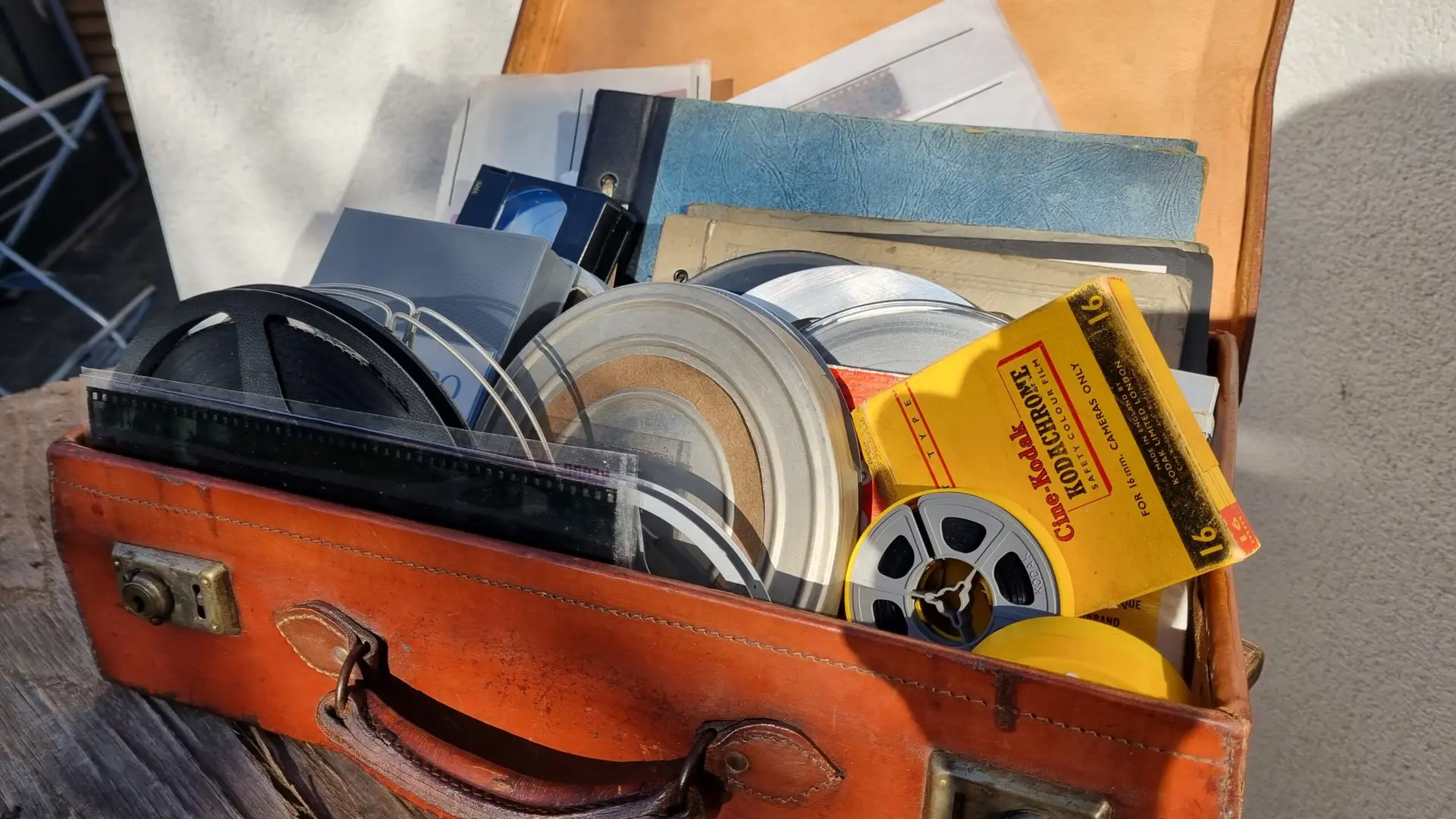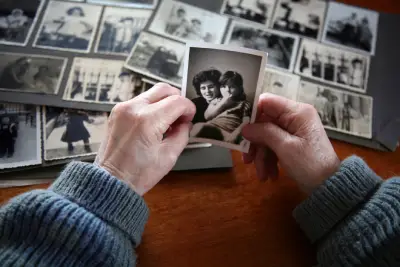It may be of interest to you that the Indian Army played a vital role in the first few months of the war. In fact, at a time when Britain was still recruiting and training volunteers, soldiers from across the Empire came to fight in Europe and support the British cause. Incredibly, the Indian Army provided by far the largest number of troops, and by the end of 1914 they made up almost a third of the British Expeditionary Force.
There are numerous letters documenting their lives and thoughts in this period. On 26 September 1915, Allah Ditta and Mustafa, (Gunners with the Meerut Divisional train, No.7) wrote a letter to Nathu Khan, stationed at Jhelum in India, with news of the war:
“As to what you wrote asking who has won the victory in Africa, the fact is that the English are fighting in Africa, and here too, and everywhere against the German Emperor. The Sultan of Turkey, who is the sovereign of the Musalmans, is helping the German Emperor and is fighting the English steadily. He is fighting the English Army in the neighborhood of the city Basra. As to what you say that there is no fighting going on in France, whoever told you so is lying. The fighting is going on with great vigor and thousands of mothers’ sons perish daily. There does not seem to be any arrangement to bring the war to a decisive issue. The matter is in the hands of God”.
Engaged in fierce fighting on the Western Front, the Indian Army inevitably suffered huge casualties. They were amongst the bravest. Medical facilities were urgently required, and it was felt that there were neither adequate facilities nor expertise in France. Brighton was chosen as the site for a complex of military hospitals dedicated to the care of wounded and sick Indian soldiers – partly down to their appearance. Three buildings were given by the town authorities for this use: the workhouse (which was renamed the Kitchener Hospital), the York Place School, and the Royal Pavilion.
The Royal Pavilion was the first Indian hospital to open in Brighton in fact. Incredibly, the former palace, along with the Dome and Corn Exchange, was converted into a state-of-the-art medical facility in less than two weeks! New plumbing and toilet facilities were established, and 600 beds were set up in new wards.
Modern X-ray equipment was installed, and the Great Kitchen became one of two operating theatres – all at great cost. The Pavilion’s first patients arrived in early December 1914. Over the following year, over 2,300 Indian patients were treated.
The Hindus and Sikhs who died were then cremated on the Downs and, in 1921, the lovely Chattri memorial was constructed on the actual cremation site itself.
You might be interested to know that immediately to the south of Chattri is Chattri Down Site of Nature Conservation Importance (SNCI) – most of which is open access land – ideal for lovely walks. Chattri Down also supports a species-rich chalk grassland habitat and is in the South Downs National Park.
The Chattri Memorial commemorates 53 brave men of the Indian Army who died and were cremated at Patcham Down, East Sussex during the First World War. This was all in strict accordance with Hindu and Sikh religious rites.
Whilst much is written about the British soldiers in world war one, it is rightly felt by many that the colonial contribution is not commented on so much. If you are interested in this field – a great book to read is called ‘The Indian Army in the First World War: New Perspectives (War & Military Culture in South Asia)’
Alternatively – the ‘Army of Empire: The Untold Story of the Indian Army in World War 1’
While their story is generally overlooked, the 1.5 million Indian soldiers who served the British Empire in World War I played an enormous role in the eventual victory. Despite their great sacrifices, Indian troops received many mixed reactions from their allies and their enemies alike. Some were treated as liberating heroes, some as mercenaries and conquerors themselves – but most as racial inferiors and a threat to white supremacy. Even as they fought as imperial troops under the British flag, their broadened horizons fired their belief in new hopes of racial equality and freedom on the eventual path to Indian independence.
Drawing on freshly uncovered interviews with members of the Indian Army in Iraq and elsewhere, the historian George Morton-Jack painted a deeply human story of courage, colonisation, and racism to finally give these men their rightful place in history.


